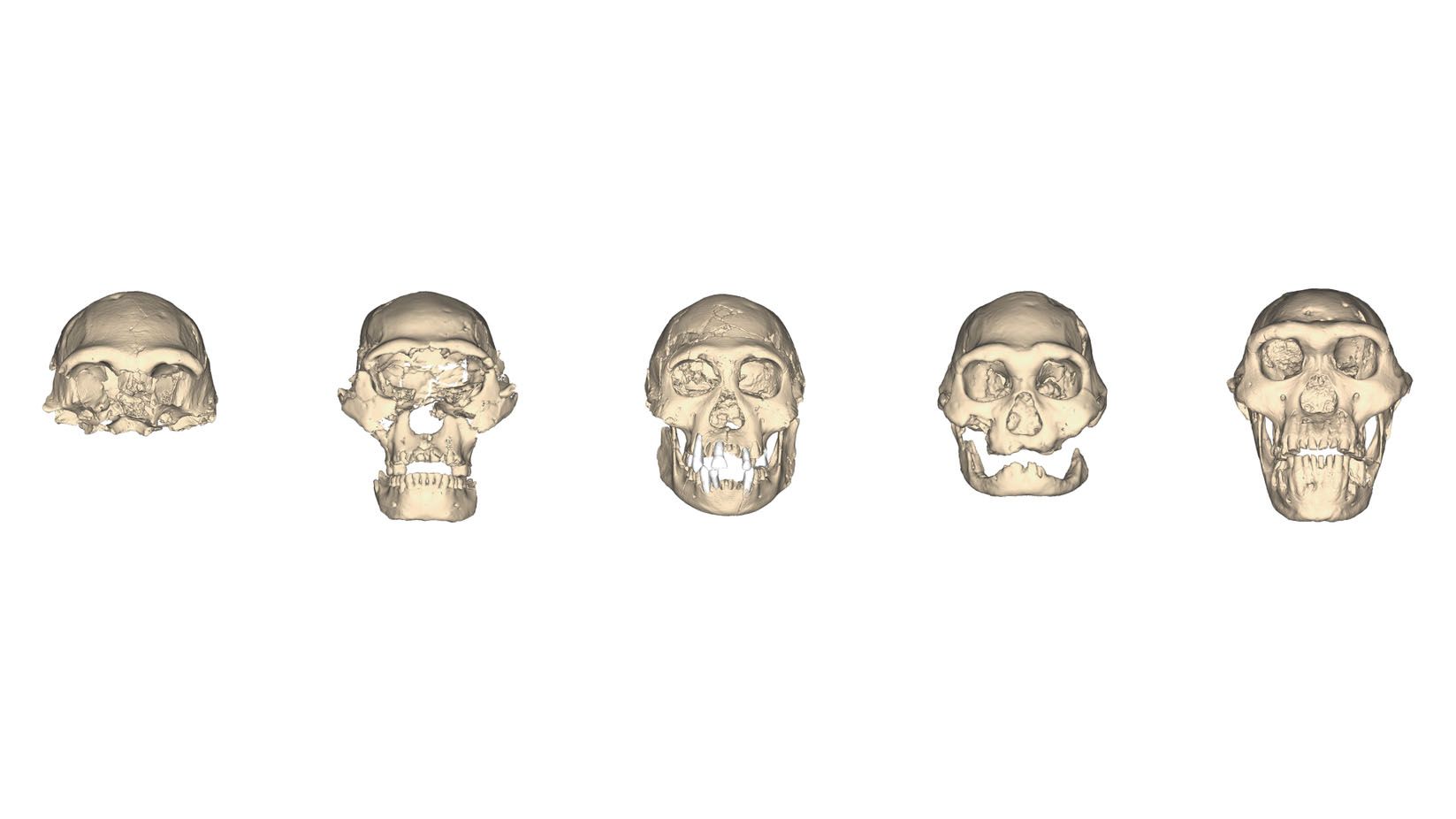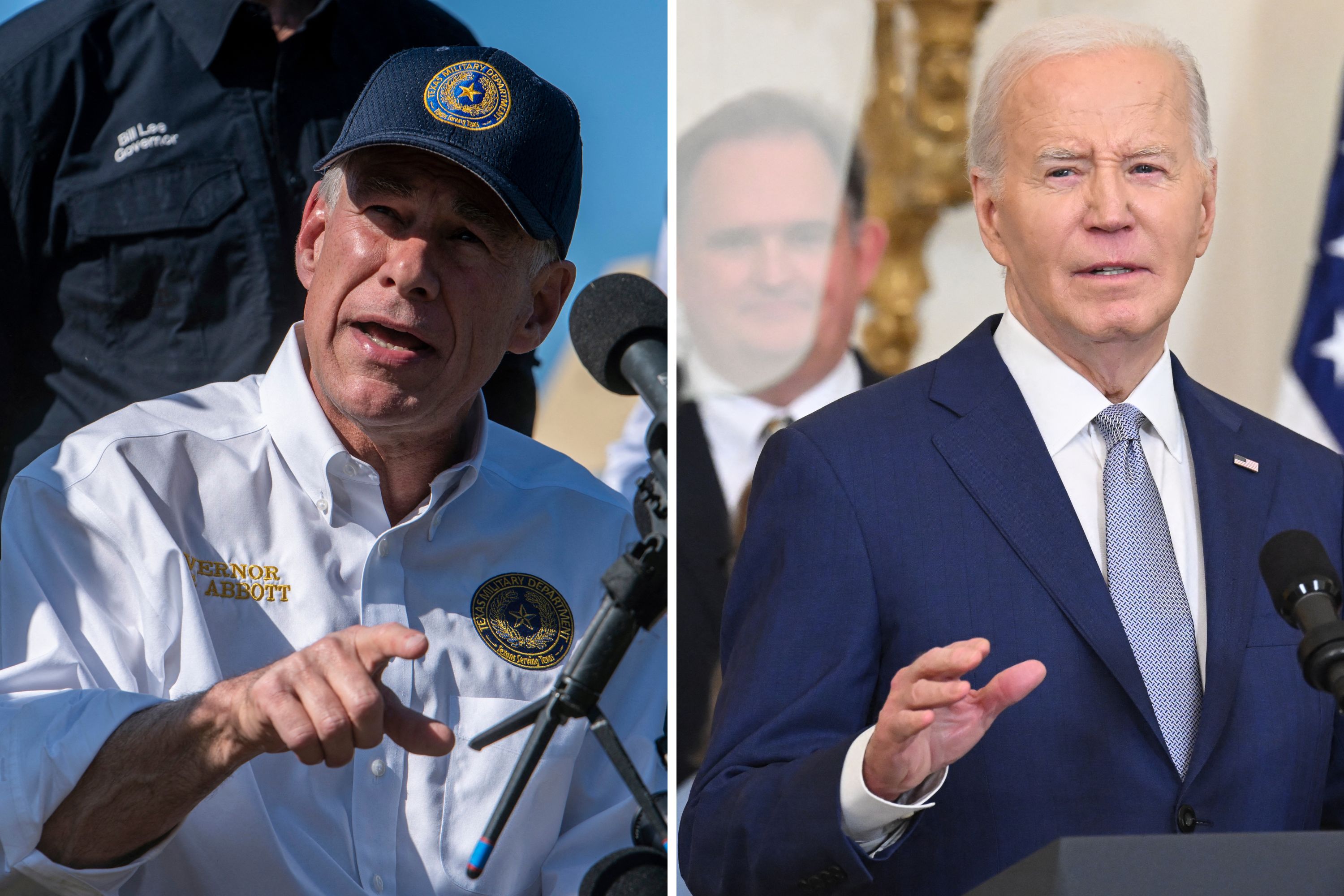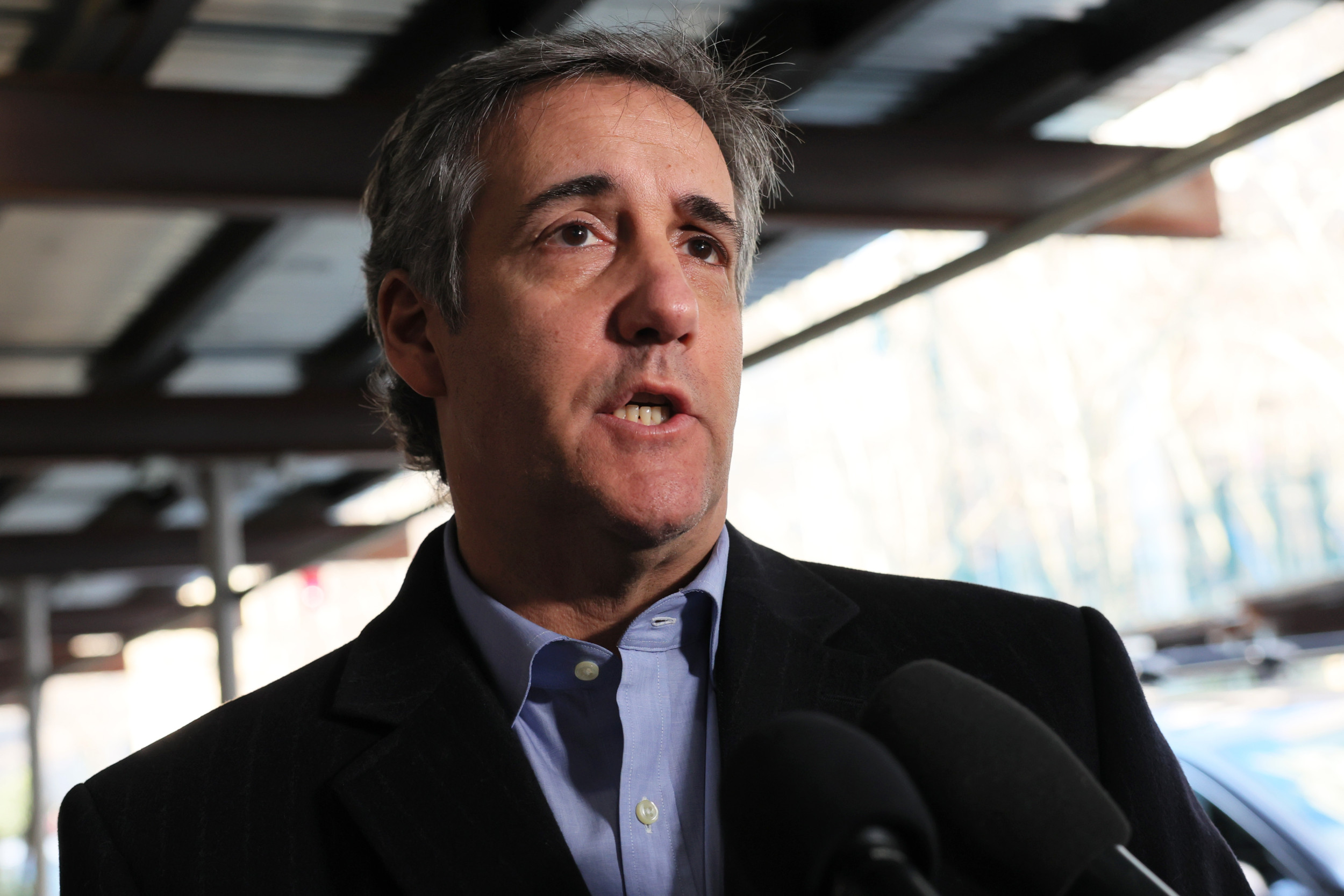
On January 25, scientists announced the discovery of the oldest modern human fossil ever found outside of Africa—a nearly 200,000-year-old jawbone, complete with teeth, unearthed at Misliya Cave in Israel.
The Misliya fossil is the first real, tangible, physical evidence that humans left the African continent at least 50,000 years earlier than previously believed. It also supports the larger theory that modern humans, meaning humans who appear physically the way humans do today, became modern much earlier than we'd originally thought, a theory which is hard to fully grasp in and of itself because we still can't pinpoint what defines a 'modern' human in the first place.
The idea that the modern human species is around 200,000 years old was our prevailing narrative of Homo sapiens evolution—right up until last year, when a team working in Morocco found modern Homo sapiens fossils more than 300,000 years old.
Of all the unresolved ideas to which the Misliya fossil pertains, Rolf Quam, a biological anthropologist at Binghamton University and a co-author of the Science paper on the Misliya discovery, said the definition of a 'modern' human is the most contentious.
There are physical signposts, sure. Brow ridges in modern humans are softer and smaller than in archaic humans. Our skeletons are narrower, Quam said, and overall less rugged. Our brains got bigger and our teeth got smaller. The problem, though, is that early modern humans were no more identical to one another than we are to the other humans around us now. Our tooth size, for instance, varies widely from one person to the next, and it did back then, too; there were Homo sapiens with big teeth and Neanderthals with small ones.
"It's a complex issue that a lot of times is very fuzzy," Quam said. "We have these few very bright points of light in each of these places in the darkness, and it's easy to say, 'here's a point, here's a point, let's connect them.' And you don't really know what else is going on in the darkness. It can be a real house of cards you're constructing."
The issue of modern human intelligence is, if possible, even murkier. There's just not a lot you can tell about it from fossils; you can measure brain size, but that's about it, and it's not much help anyway. Earlier this month, scientists published a paper showing that our brains evolved at a faster pace than our teeth. In 2016, British anthropologist Christ Stringer published a paper arguing that variation among early modern humans—including those found at two Ethiopian sites the same age as the Misliya fossil—show we didn't evolve linearly, and that humans we'd consider modern and humans we'd consider archaic existed for a while at the same time.
Lehman Anthropology Prof. Eric Delson calls discovery of new fossil in Israel showing early human migration #outofafrica an "exciting discovery." Misliya may be one of several 'out of Africa' migrations" https://t.co/cNqzx0uFaM pic.twitter.com/qfaUOegBd6
— Lehman College (@LehmanCollege) January 25, 2018
Plus, despite the frenzy they caused, the Morocco fossils were never actually classified as modern humans—the researchers who discovered them were careful to "fudge it a bit," as Quam put it, by terming them 'early phase humans.'
"If it sounds confusing, it's because it is," Quam said. "In Ethiopia, those got referred to as 'modern humans,' meaning they are us," Quam said. "Not an 'early phase'—us. Homo sapiens."
Part of the problem is that we need more fossils. There are more active field excavations taking place around the world today than at any other time in history, but that doesn't necessarily mean much. Theoretically, if we found fossils from a number of individuals from the same site and the same time period and the same population, we could get an idea of how much variation existed at a single point in time rather than across it. If researchers had found more five jawbones at Misliya, and all of them were the same, we might be able to say that the original fossil's tooth size was the rule for early modern humans and not an exception.
"These are the things anthropologists argue about," Quam said. "Simple questions, for which there are not simple answers."
SaveSave
Uncommon Knowledge
Newsweek is committed to challenging conventional wisdom and finding connections in the search for common ground.
Newsweek is committed to challenging conventional wisdom and finding connections in the search for common ground.
About the writer
Kastalia Medrano is a Manhattan-based journalist whose writing has appeared at outlets like Pacific Standard, VICE, National Geographic, the Paris Review Daily, ... Read more
To read how Newsweek uses AI as a newsroom tool, Click here.






